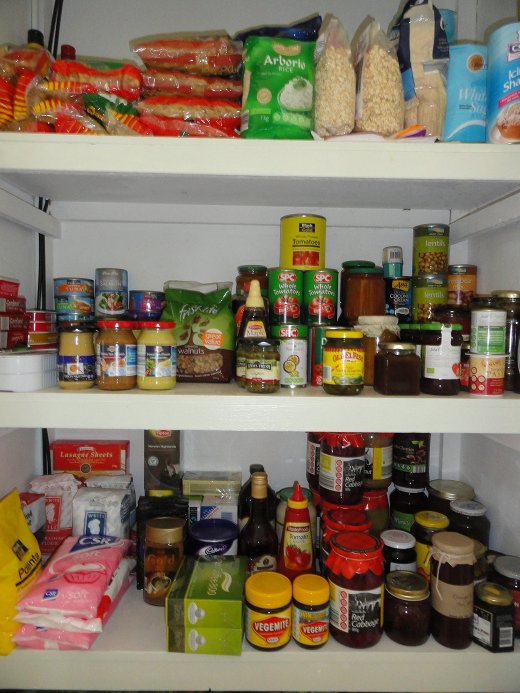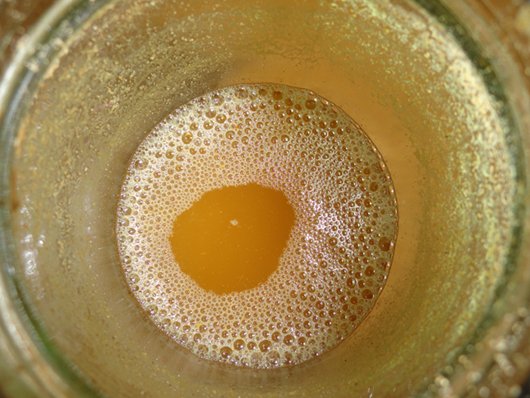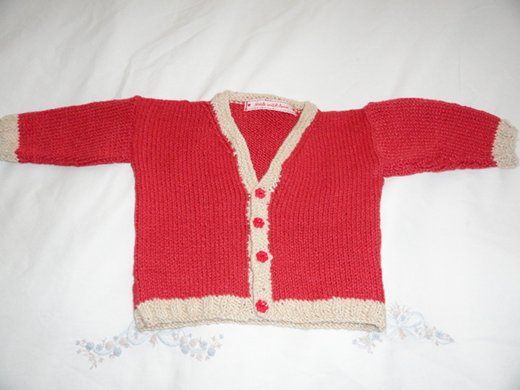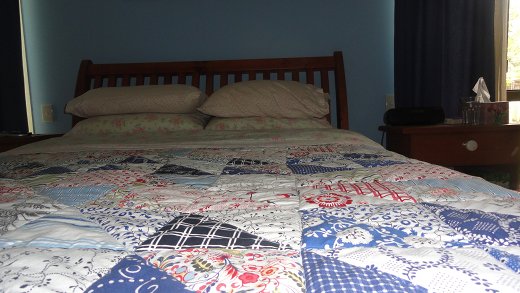I live a charmed life. We live here, on this fertile land with a creek running by it, at the end of a one-lane street, surrounded by a few neighbours and bushland. We use our land; it is one of our assets and to not use it productively would shame us. We grow food and keep chickens and that allows us to eat fresh organic produce that we would not be able to afford if we had to buy it all the time. But I'm aware that this kind of living is not within everyone's reach. It wasn't within our reach for a long time either, but both Hanno and I worked hard, made sacrifices and eventually bought and paid for our home for about a quarter the price of what we'd pay for it now. I know a fair amount of luck helped us along the way - we had no major illnesses, we had great kids, we both had good jobs, but work was the main contributor; we knuckled down and made the most of our opportunities. We've been here 15 years now and I'm pretty sure this is where we'll die.

Twilight in the hen house. Broody hen Kylie is still on the nest and joining her are friends Nora, Lillian, Flora and Annie. Soon they'll be too big to share a room.
Today I thought I'd write about building a wonderful lifestyle from nothing, or turning plain life into something exceptional, because that is what I think we have done. When we arrived at this doorstep all those years ago we had a very basic brick slab house in a historic town that very few people found attractive enough to put down roots in. Most of the new people moving to this area went further down to the more fashionable part of the coast where there is a lot of traffic, the houses are built right up to the fence line and were more likely to have a swimming pool in the backyard than a vegetable garden and chooks. We chose here because the house blocks were big, the houses were old and on our patch, our house was surrounded by virgin land and a permanent creek made up the back boundary. When we bought this place, there were no fences, no gardens, no water tanks, no out buildings, no verandahs, no solar panels.
It was a big leap to get here but we made what we have now in small steps. The first thing we did was put in a water tank and then Hanno built a chook house. While he was doing that, Shane and I started work on the gardens, enriching the clay in the back yard with homemade compost, lawn clippings, old paper, manures and just about anything else we could lay our hands on. I knew we could grow vegetables here but I also knew they wouldn't thrive in the soil as it was then. For successful and abundant harvests we needed to put work into the soil. We needed to add life. We did that and with work and time, we turned clay into dark, rich soil.

And that is what we've tried to do with everything along the line. The main ingredient was work, and when we did that, it brought in new life. From those very humble beginnings, slowly, when we worked enough to afford it, we added skylights to dark rooms, whirly birds to extract hot air from the roof space, we added a bedroom, put up fences, put in an organic vegetable garden and many fruit trees. We bought a large shed to house our straw and for Hanno to use as a workshop. Almost ten years after we added that first water tank, we added another. We invested in solar energy - in the first few years we bought a solar hot water unit, last year we bought solar panels. It's the smallest unit but it's a huge help to us in managing our electricity bills. We don't use much electricity but even with this tiny unit, we are now in credit. Hanno built our chook house and the bush house from mostly recycled materials. It's been a lot of work, and it's been slow, but now we have a productive and comfortable little homestead here that suits us perfectly.
There is no doubt that a simple life is hands-on living. There is no standing back from this. There is no buying into it, you can't pay someone else to do the daily work. If you want to live this way, you dive in head first and expect that work will be part of it. Never be afraid of work, it can be a great teacher over time and I know for sure, that I would be a different person now if I had not done the work. But how do you decide what work needs to be done when you find yourself at your own front door for the first time, or if you want to stay where you are, but change how you live? Decide what you want - is it to work for a living and pay off your mortgage as fast as possible? If so, add few things to your home, concentrate on saving money and cutting back as much as you can. Recycle, make a budget, and when time allows cook from scratch, bake and make green cleaners. All those things will save you money. When you've paid off your debt you can work with a different focus. What if you want to live like Hanno and I? Well, identify what you can do in your own backyard, what livestock you can realistically keep, put up fences, water tanks and out buildings when you can afford them, and start off ordering heirloom seeds and keeping pure breed chooks and go from there. And what if you're aiming for a mix of both those options? If you're part of a couple, each take the part you would do best. Talk to each other - this way of living can be tough, you need to have a faithful shoulder to lean on. If you're alone, or with children, it will be slower and tougher but still doable. As the children grow, teach them what you need them to do that is appropriate for their age. Learn new skills so you can do the tasks you want to do. You might want to make cheese or soap, or sew. Learn how. It's all part of it. Try to find people in your community who live this way and befriend them. If you can't find anyone, join an online forum that will support and encourage you - they are out there. Be part of your commuunity. You will get more from that than you expect to.
We've just spent a couple of very relaxed weeks when we didn't do anything much outside except to care for the chooks. We read, watched the cricket, I knitted, Hanno spent time on the computer and we had a fine time recuperating from the past year. But you know, even though I loved those two weeks, if I lived like that all the time I would grow to hate it. I think we set our value by the work we do and for me, the work we do not only gives us some of what we need here, it also gives me my sense of worth. During our time off I had trouble sleeping and have only the past week got back into my normal sleeping pattern. That tells me that our work makes us tired enough to trigger our bodies to sleep. Work is part of our natural 24 cycle and without it, our patterns are out of sync.
There is a lot to be said for a good days work, carried along with a certain rhythm, and dotted with restful periods. It allows you to notice what's happening around you, it helps you get through tasks without being stressed, and as you tick off items from your list, you develop an appreciation for your ability to carry out the work needed in your home and the satisfaction of doing it. Self reliance is a wonderful thing.
If you're at the very beginning of this beautiful journey we call simple life, don't be impatient for everything to be there right now. Building most things from scratch, and using what you already have, is part of it. The slow steps of work tasks will help you develop an understanding for the life you're building and it will allow you to really live each day and not wish it all away. There was a time when instead of slowing piecing together my daily tasks I avoided housework; now I know it was the work that made me what I am today. So if you are at the beginning of your own journey, or stuck along the way somewhere unsure of what your next move is, just decide on something, then work slowly towards it. There are no prizes for speed here and it doesn't matter if you can't afford everything you want or even need to have. Slow down, disengage from the rat race and work slowly towards the life you want. There will be no end point, there is always something to do next, but you will get to a stage when you can see your own progress and the real difference it makes to your life, and that, my friends, is a fine prize.


















































